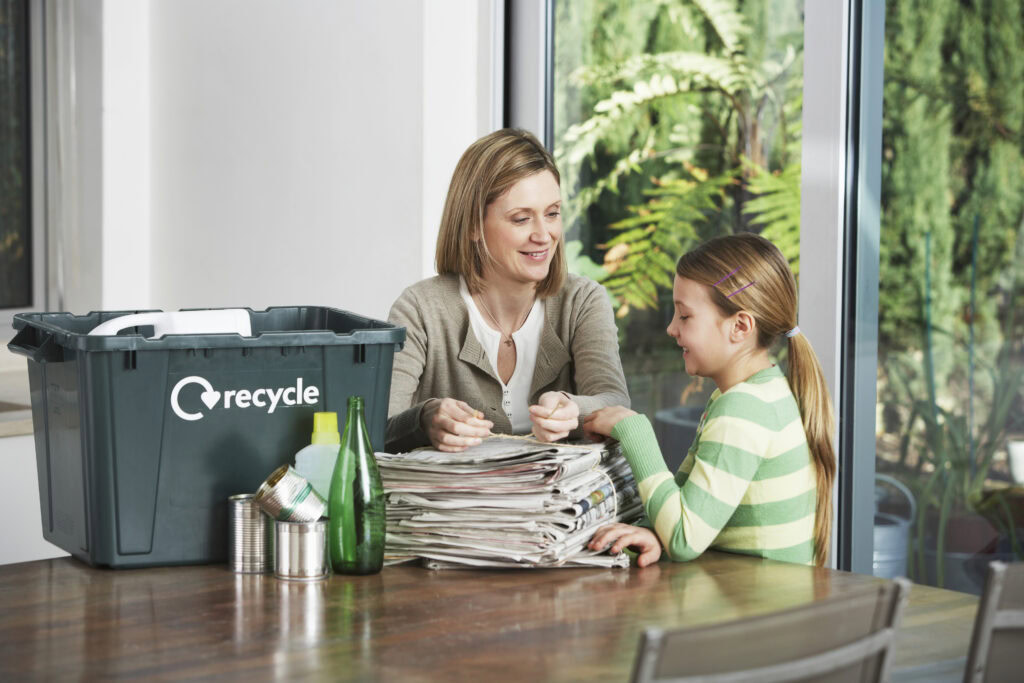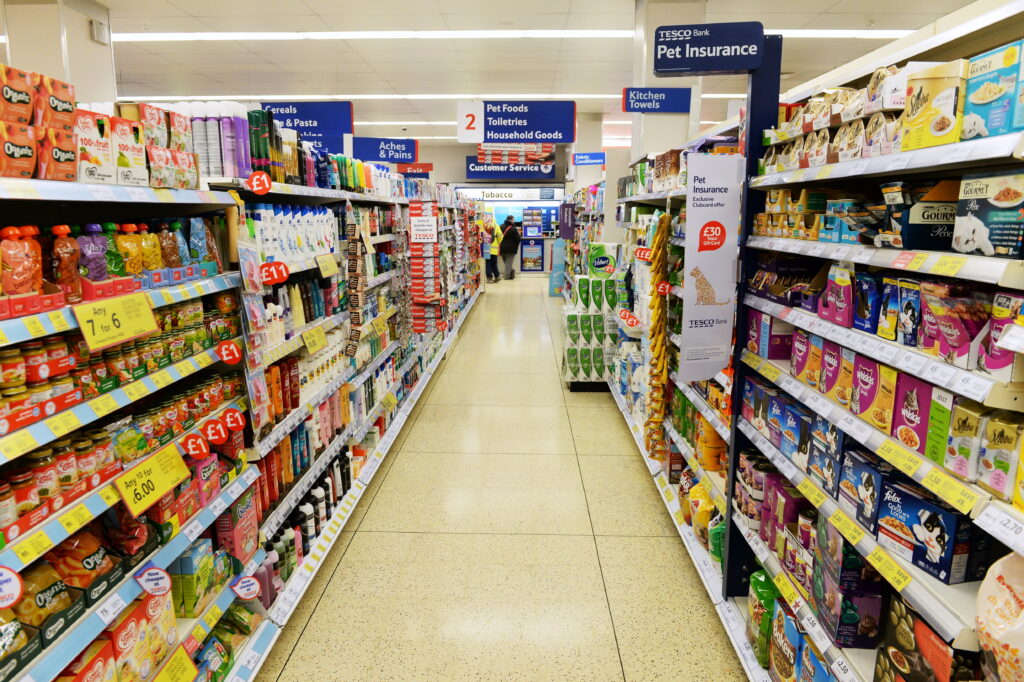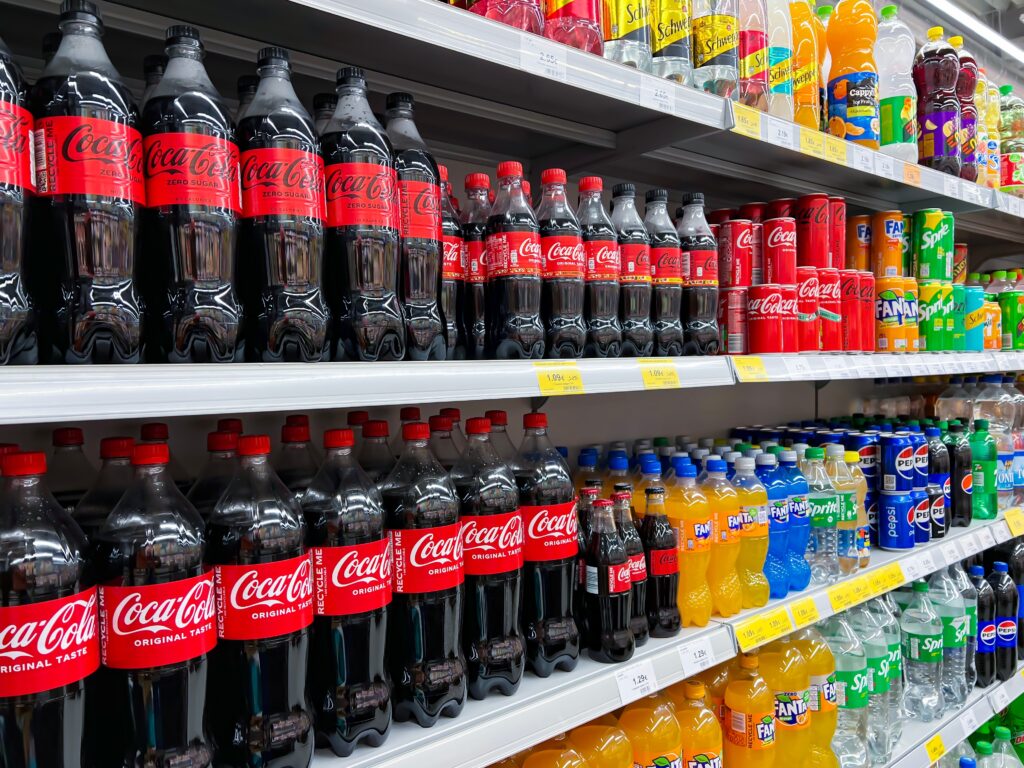Compared to the same period last year, exports of all packaging waste for reprocessing have increased by 32%, a similar increase to that seen in the first quarter of 2005 compared to 2004. Domestically, there has been a slight upturn in reprocessing levels – up just 1% on the same period in 2004.
”Overall, the combined exports and domestic reprocessing during April, May and June 2005 showed a 10% increase on the same period in 2004.“
Overall, the combined exports and domestic reprocessing during April, May and June 2005 showed a 10% increase on the same period in 2004 (click here for table 3, page 2).
Domestic
On the domestic reprocessing side (see table 1, page 2), there has been a slight increase in the recycling of packaging waste on average, of 1%. Among the specific materials there have been sizeable increases in the domestic reprocessing of glass (24% up on Q2, 2004) as well as aluminium (up 19%) and steel (up 17%).
However, this has been tempered by a drop in domestic reprocessing performances for paper (down 11%) and wood (down 2%).
Exports
The export of packaging waste for recovery purposes has boomed in the last few years, feeding demand from overseas, doubling from 2001 to 2004. During 2004 about 840,478 tonnes of packaging waste was exported – but if present trends continue, exports could top 1.5 million tonnes this year.
The biggest increases in exports among the materials (see table 2, page 2) has been seen in paper (up 42% on the same period in 2004), plastic (up 37%) and glass (up 28%).
”During 2004 about 840,478 tonnes of packaging waste was exported – but if present trends continue, exports could top 1.5 million tonnes this year.“
As expected, the situation for steel was a problem, however, with a 40% decrease in exports compared to this time last year. This decrease has been expected – and has largely been caused by the drop in global steel prices – and experts believe things will improve for the second half of the year.
Overall
Overall – including both domestic reprocessing and exports – the second quarter of 2005 showed a 10% increase in total reprocessing and a 13% increase in recycling compared to the same period last year (see table 3, page 2) .
There has been a particularly strong increase in glass reprocessing – up 33% on Q2, 2004 – and the 19% increase in aluminium reprocessing will be heartening to those concerned with high aluminium PRN prices.
The 30% increase in plastics reprocessing will again open up questions in the minds of some within industry concerning whether all the PRNs are being issued appropriately.
”The 30% increase in plastics reprocessing will again open up questions in the minds of some within industry.“
There have been slight increases in the reprocessing of paper packaging waste (up 9%) and slight decreases in wood (down 2%) and steel (down 6%). The decrease in steel is more concerning than the decrease in wood, since the market for steel PRNs is already very tight.
PRN demand
By annualising the latest data – combining Q1 and Q2 reprocessing figures and multiplying by two – and using Defra's estimate for the amount of packaging reported as obligated by packaging producers this year, some sense of the supply and demand of PRNs this year can be calculated (see table 4 and 5, page 3) .
This calculation requires the inclusion of the PRNs carried over from 2004 as well as the recovery targets set by Defra for 2005. However, the actual PRN demand calculated is only an estimate based on data for just the first two quarters of 2005. The final half of the year does usually see some seasonal differences from the first half.
The situation would also be affected if Defra or the Environment Agency re-consider the exact amount of PRNs that were carried over from 2004 into 2005.
General recycling
Looking at the figures, the situation for general recycling looks promising, with a potential surplus of 169,490 tonnes worth of recycling PRNs this year (see table 5, page 3) . The 397,709 tonne surplus for overall recovery suggests that the almost worthless value for energy-from-waste PRNs is set to continue.
Among the materials, paper and wood PRNs look to be widely available to be used towards general recycling obligations. For their material-specific targets, paper looks set to be 464,000 tonnes in excess and wood looks to be 614,000 tonnes in excess.
”As expected, the metals streams are the problematic areas.“
Strong performances by glass reprocessors means glass should also see a healthy excess this year, and as much as 175,000 tonnes of glass PRNs could well be used towards general recycling quotas – or would be usefully carried over to help with next year's obligations.
After problems seen in 2004 reaching its material-specific target, plastic looks to be on track to comfortably meet its target this year, even with a 26,000 tonne excess on current form.
Metals
As expected, the metals streams are the problematic areas. On current form, the supply of aluminium PRNs looks to be incredibly close to the demand levels, which could make it difficult for some to secure the notes they need this year, particularly if any aluminium PRNs are carried over into 2005.
On current trends, the market will be short of steel PRNs this year, but the situation could conceivably resolve itself. Steel exporters are beginning to start shipping material abroad, and this will pick up the tempo for the second half of the year in terms of supplying steel PRNs. The question is whether or not the increase in exports will be sufficient to meet the demand for steel PRNs this year.
Continued on page 2








Subscribe for free